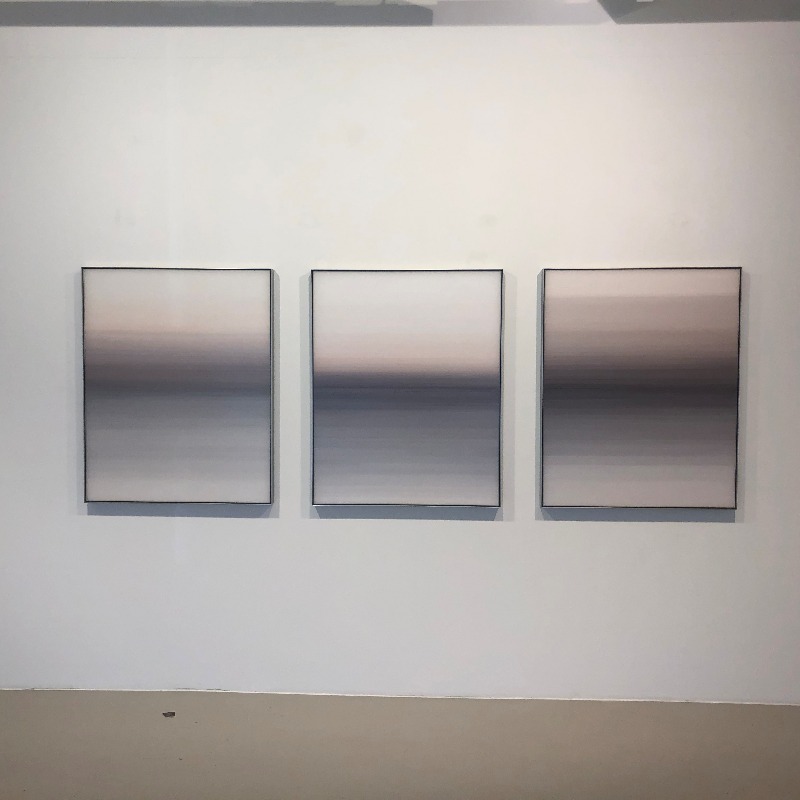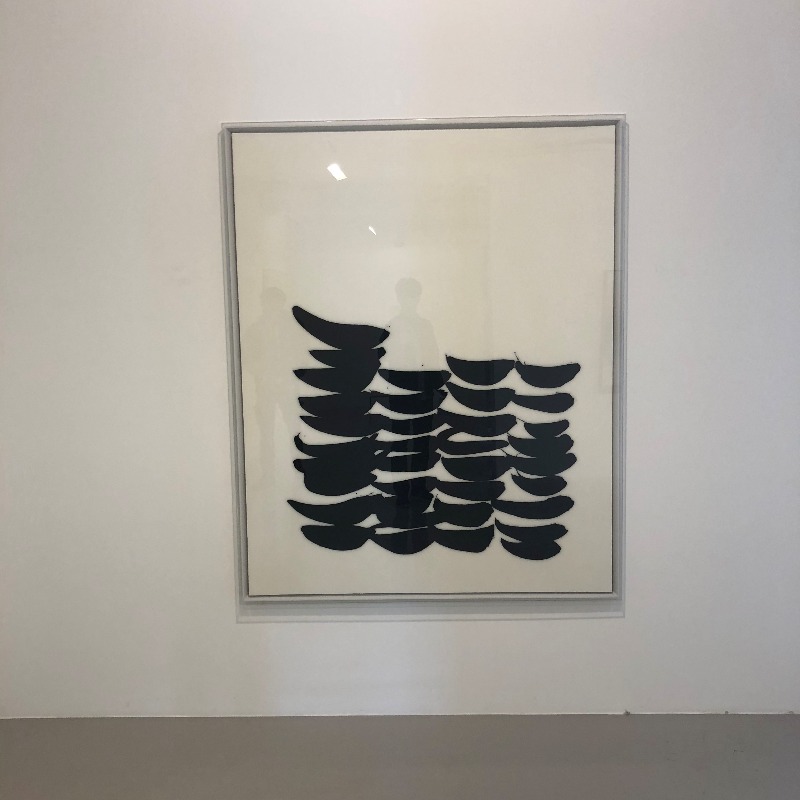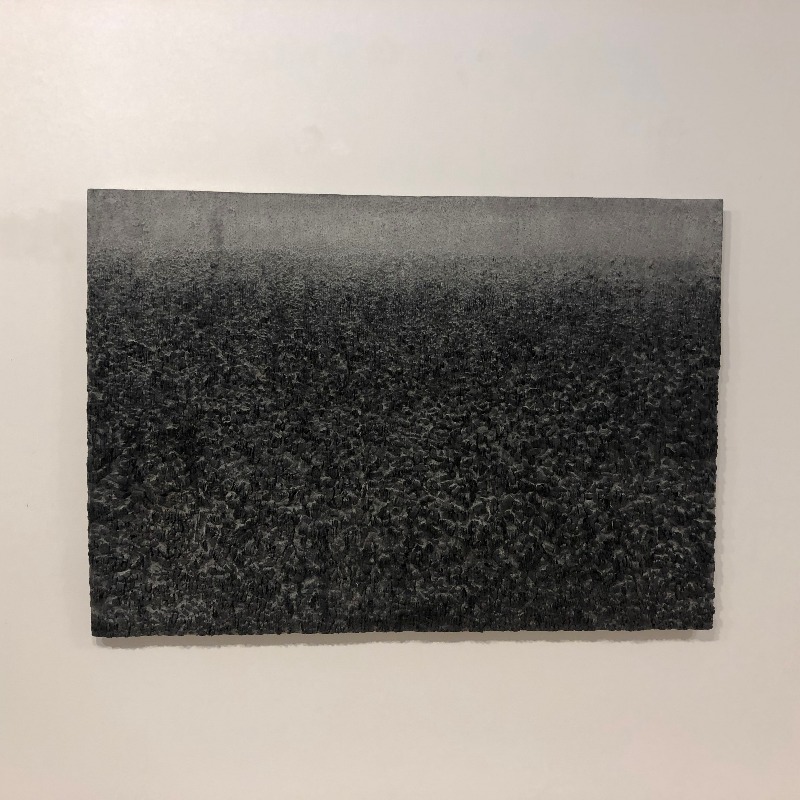
| Period| | 2018.03.08 - 2018.04.14 |
|---|---|
| Operating hours| | 10am - 6pm |
| Space| | Leeahn Gallery/Daegu |
| Address| | 188-1, Icheon-ro, Jung-gu, Daegu, Republic of Korea |
| Closed| | Sun, Mon |
| Price| | Free |
| Phone| | 053-424-2203 |
| Web site| | 홈페이지 바로가기 |
| Artist| |
|
정보수정요청



|
|
Exhibition Information



Curated by : Yoon Jin-Sup (Art Critic) Artists : Kim Keuntai, Kim Yisu, Kim Tschoonsu, Kim Taeksang, Nam Tchunmo, Bup Kwan, Lee Bae, Jinwoo Lee, Jang Seungtaik, Chon Younghee, Cheon Kwangup From March 8th to April 14th, 2018, Leeahn Gallery Daegu will open an exhibition titled 《The Post Dansaekhwa of Korea》. In collaboration with 11 pre-eminent Post Dansaekhwa artists, the exhibition will present a kaleidoscope of the Post Dansaekhwa artworks forming the genealogy of Korean Dansaekhwa following the earlier generation. Causing a global sensation for three years since 2014, Dansaekhwa : Korean Monochrome painting has recently begun to lose its momentum, which is especially the case for the earlier generation of Dansaekhwa artists in their 70s and 80s. The signs of a slowdown are in marked contrast to the media frenzy about the first-generation Dansaekhwa artists invited to overseas renowned art galleries and museums or auctions and relevant trends or news just a year ago. The undeniable descending pace of earlier Dansaekhwa artworks has been attributed to a few causes. Amongst all, the most convincing argument is that Dansaekhwa artworks created in the 1970s and 1980s and preferred by local and oversea collectors, institutions and investors have now been exhausted to quite an extent. Leading Korean art galleries’ highly publicized ad campaigns touting the early Dansaekhwa artworks created by the first-generation artists in the 1970s and 1980s drew attention from local and global art worlds and media and buoyed their prices. Meanwhile, art critics and academia started to articulate the void of the rationale for the commercial boom of the Korean monochrome paintings, but have failed to create an atmosphere conducive to tangible discourses. To meet the widely perceived need to trigger a strong interest in the Post Dansaekhwa artworks succeeding the success of the first generation so as to forge a sound foundation for Korean monochrome art, government support is indispensable in addition to the efforts exerted in the private sector. In the meantime, arguments that Post Dansaekhwa artists are competitive enough to reverse the slump of the earlier generation have come to the fore at the center of art world. The Post Dansaekhwa artists refer to the generation of those who are now in their 50s and 60s and went through the modernist art in Korea during the 1970s to 1980s. Being equivalent to the students of the first-generation Dansaekhwa artists, the second-generation artists have experienced firsthand the process of Korean modernization (since 1960). The artists have been accustomed to rationalist ways of thinking instead of Confucian ethics in life and find it more natural and convenient to speak in Korean and English than Japanese. Also, many of the Post Dansaekhwa artists have studied in the West including the U.S. and Europe. Thus, they show a salient tendency to regard art as a means of representing their consciousness, not as a course or means of self-contemplation or introspection as the first-generation did. Particularly, the second-generation artists are noteworthy in that they have broadened the horizon of Dansaekhwa via experiments with unique materials and media since their undergraduate courses in the 1970s and 1980s when the country embarked on industrialization at full throttle. By the same token, Leeahn Gallery’s 《The Post Dansaekhwa of Korea》 exhibition should be noted as an opportunity to encounter the essence of the Post Dansaekhwa artworks. On the grounds that Leeahn presents an unparalleled world of Post Dansaekhwa since the National Museum of Modern and Contemporary Art’s 《Dansaekhwa: Korean Monochrome Painting》 exhibition in 2012, this exhibition will bode well for the future trend of the Post Dansaekhwa.
